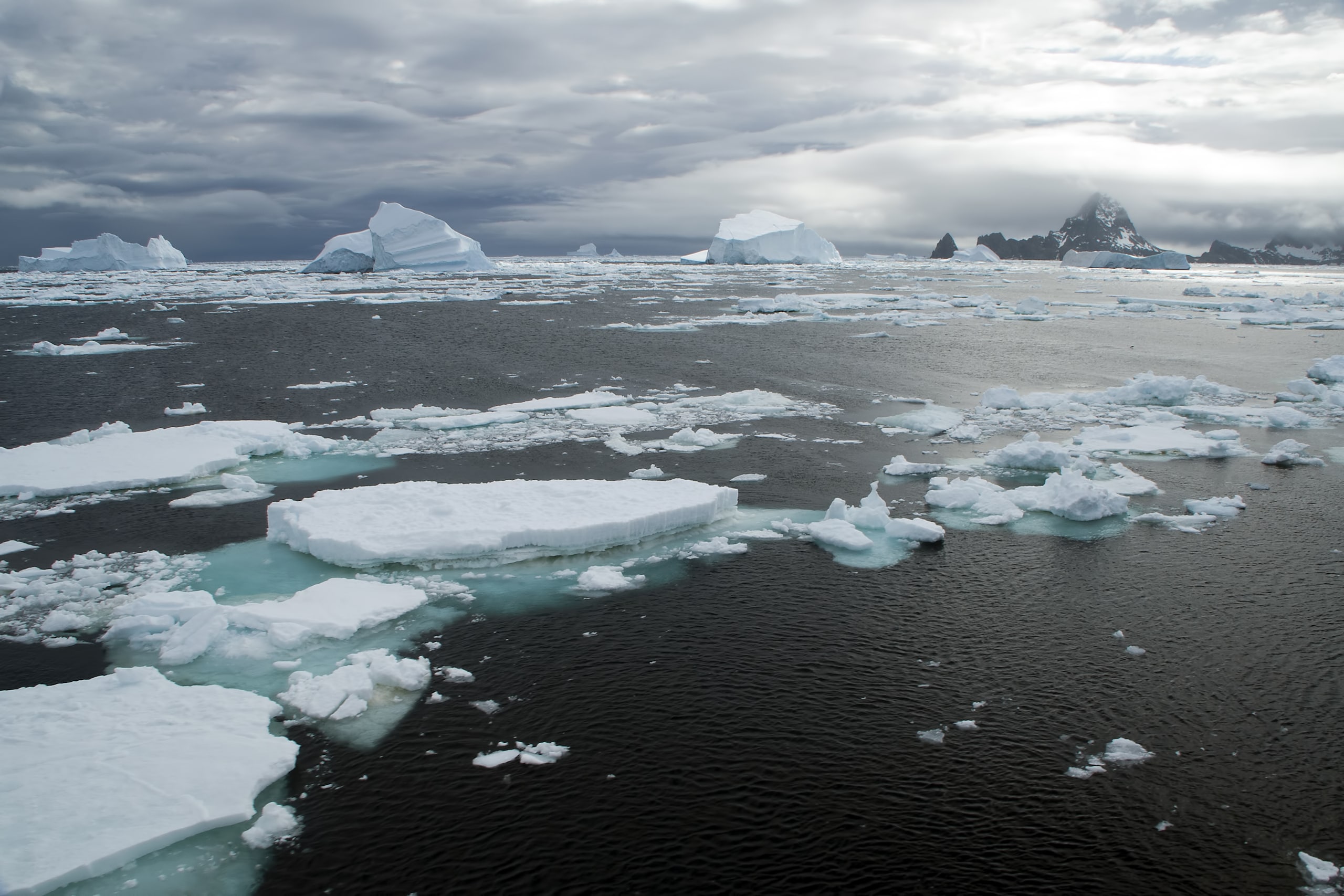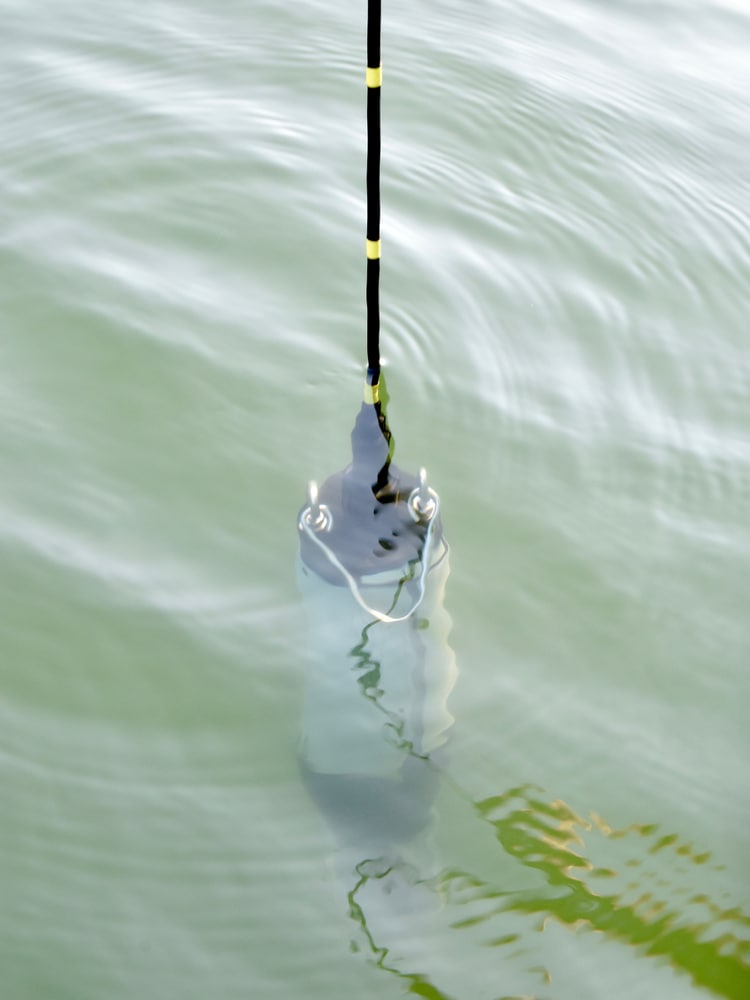Robots Search for Climate Change Clues

(Source: demamiel62/Shutterstock.com)
The Southern Ocean Carbon and Climate Observations and Modeling (SOCCOM) project’s mission is to drive a transformative shift in the scientific and public understanding of the role of the vast Southern Ocean in climate change and biogeochemistry. The Southern Ocean consists of the World Ocean's southernmost waters, generally considered south of 60° S latitude and encircling Antarctica. Important and unique phenomena occur within and around the Southern Ocean. Highlights include:
- The Southern Ocean accounts for approximately half of the anthropogenic carbon uptake and the majority of the oceanic anthropogenic heat uptake despite comprising only about 30 percent of the Earth’s ocean area.
- Models indicate that upwelling in the Southern Ocean delivers nutrients to lower latitude surface waters critical to ocean ecosystems worldwide.
- The impacts of ocean acidification from rising CO2 are projected to be most severe in the Southern Ocean, with ecosystem tipping points reached in a few decades.
Because of its remoteness, large numbers of sophisticated robotic sensor arrays are needed to study the Southern Ocean. SOCCOM, housed at Princeton University and administered by the Princeton Environmental Institute, is deploying a robotic observing system composed of about 200 autonomous floats. The robotic observing system will provide nearly continuous coverage in time and horizontal space over the entire Southern Ocean and vertical coverage deep into the water column (Figure 1).

Figure 1: The autonomous floats used in the SOCCOM project provide a direct link to the carbon system, which is key to understanding the carbon cycling in the Southern Ocean. (Source: Maria T Hoffman/Shutterstock.com)
These floats and their operation are required to have four essential characteristics:
- The sensor suite: SOCCOM’s primary goal is to better understand the carbon cycle in the Southern Ocean. In addition to sensors for conductivity, temperature, and depth, SOCCOM floats will include sensors for dissolved oxygen, pH, and nitrate. Each float will carry at least two of these three sensors.
- Dissolved oxygen sensor: Dissolved oxygen is related to carbon. Measuring dissolved oxygen enables estimates of the water's carbon content.
- pH sensor: pH measurements monitor changes in the ocean’s acidification because dissolved carbon dioxide reacts with water to form carbonic acid.
- Nitrate sensor: Nitrate is an important limiting nutrient for phytoplankton. Nitrate abundance can determine the limits of phytoplankton biomass.
- The sensor outputs will be converted to moles per mass of seawater, enabling the quantitative analysis needed for understanding long-term changes and trends. Multiple sensors will provide redundancy and a cross-check on data quality.
- Some floats will include bio-optical sensors for chlorophyll fluorescence, backscatter, light transmission, or light intensity. As new sensors become available, the definition of the core sensor suite can change. Still, new sensors must first prove to be capable of operation in large arrays, such as SOCCOM, for multiple years. Also, any sensors used must be calibrated in the field to ensure consistent and reliable data.
- Floats are not only useful for identifying large, long-term trends: For example, trial floats discovered massive phytoplankton blooms far from typical nutrient sources, such as melting sea ice. It’s possible that a hydrothermal vent in the Southern Ocean’s seafloor was providing the nutrients. Short-term events will also be monitored, including oxygen loss after a hurricane’s upheaval or the injection of nutrients up to 1000 meters down that comes from late-winter plunges of surface water.
- Operating life: SOCCOM floats must have an operating life of at least three years.
- Float data: SOCCOM float data must be available in digital form in real-time.
Conclusion
SOCCOM will provide the observational data needed to analyze and improve a new generation of high-resolution earth system models to increase understanding of the Southern Ocean’s current workings and make better projections of Earth’s future trajectory’s climate and biogeochemistry.